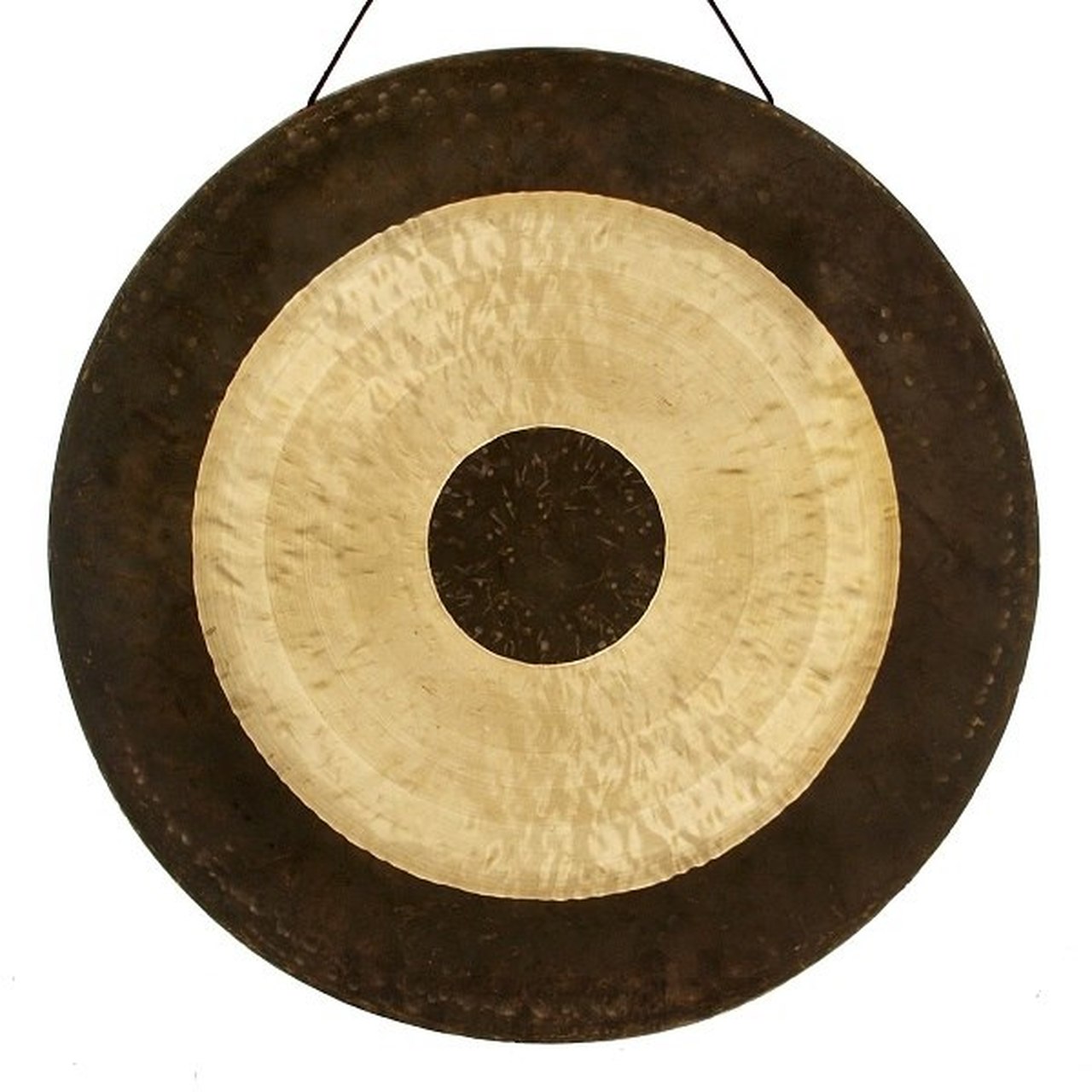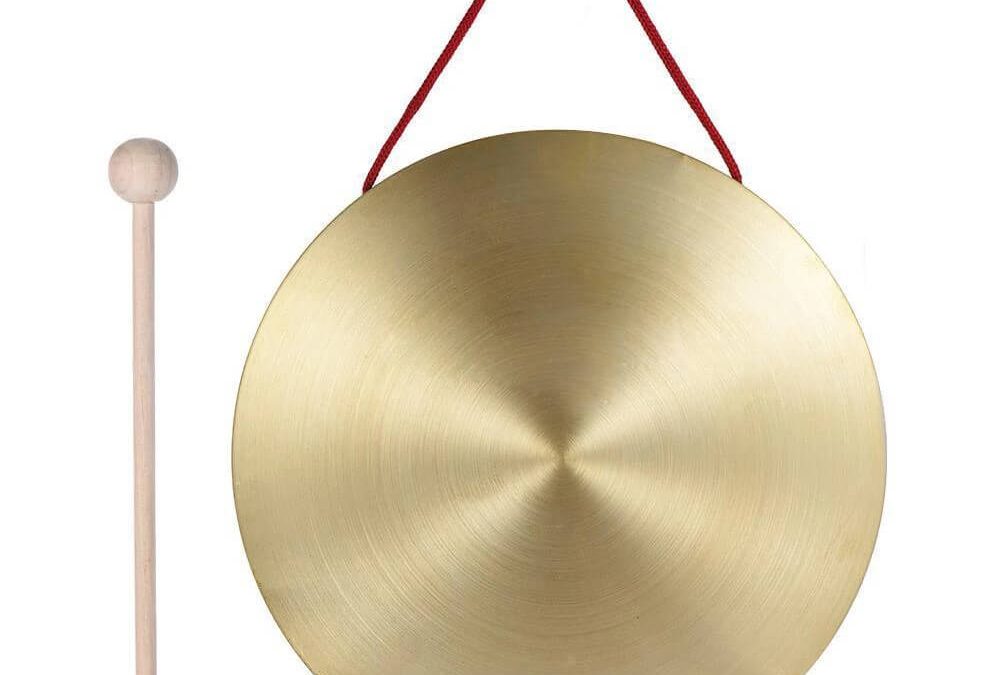Introduction- History of Gong
Gong is a metal disc with a turned rim, giving a resonant note when it is struck. Gong was invented in China long before and gongs were used in Java’s. The gong history dates back to the 6th century. They are depicted in Chinese visual arts as of the 6th century. Gongs are supposed to have existed in various forms, are one of the earliest instruments known.
Apart from its traditional values and importance, gongs are widely used for producing music. Traditionally, gongs were used to clear the negative path and energy for important officials. Gongs possess high importance in eastern society. They continued to be the symbol of fortune and mysticism.
How does a gong produce sound?
When the surface of a gong is struck or rubbed by a mallet or any instruments a rich and harmonic sound is produced. Mallet right in the centre (knob) strikes the gong and the greatest volume sound is produced. When the gong is struck anywhere instead of the centre than the sound we want will not be produced the sound produced also depends upon the mallet used.
Depending upon which kind of mallet is used gong produces dark, metallic, and majestic sound. Its pitch is always recognizable. The gongs’ dynamic range is smaller in comparison to other percussion instruments. The larger the gong, the heavier it is.
Gong history
The origin of a gong is still a little mystery that needs to be solved. It is widely thought to be originated in China. The gong is believed to be used for religious purposes in eastern Asia. In its long history, this instrument is more spread across Asian countries in comparison to other parts of the world but they have probably been used throughout the world for religious purposes.
A Chau gong is a very popular type of gong that has been found in a tomb dating. The gong presence in the tomb indicates that it helps very special prominence at that time.

Gong was believed to be originated in around the 6th century but they got popular on the other side of the world by the 9th century. The name ‘gong’ has come from java, which became a centre for Asian gong production. In East Asia, gongs are considered a symbol of mysticism and wellbeing.
Gongs are used by Buddhists for scared purposes. Gong history indicates that they were also used in homes, temples, etc. They are highly preferred for decoration purposes.
The popularity of gong in the western side started to evolve in the 20th century. Gongs become popular more than companies do across the world sought to produce them. Back to history, when gongs were produced for the first time there was no such demand of gongs in the market but now gongs are very popular. Gongs also were used as rages during Europe under Napoleon war.
Uses and benefits of a gong
Gongs are highly believed to bring fortune and wellbeing. They are used in so many places to reduce negativity and to increase positivity. Gongs are played as a part of orchestral music.
Gongs produce so many varieties of sound according to the mallet use and the way it is struck. So when you will bang the gong or hear the mystical sound from the gong then have a thought that you are connecting yourself with spiritual power and tradition. Back in the history of the gong, they were used as family crafts.
There are so many benefits of rich sound produced from the gong. Few are listed here:
- The gong creates free space for the mind to release all the extra and unwanted thoughts.
- The sound from gongs softens the body blocks, stimulates circulation, and releases energy.
- Gongs are highly recommended for stress relief.
- Emotional transformation occurs by the music of gong.
- It heals our nervous, glandular, and endocrine systems.
- Gong history suggests that gongs activate our chakras and helps with the anti-aging process.

